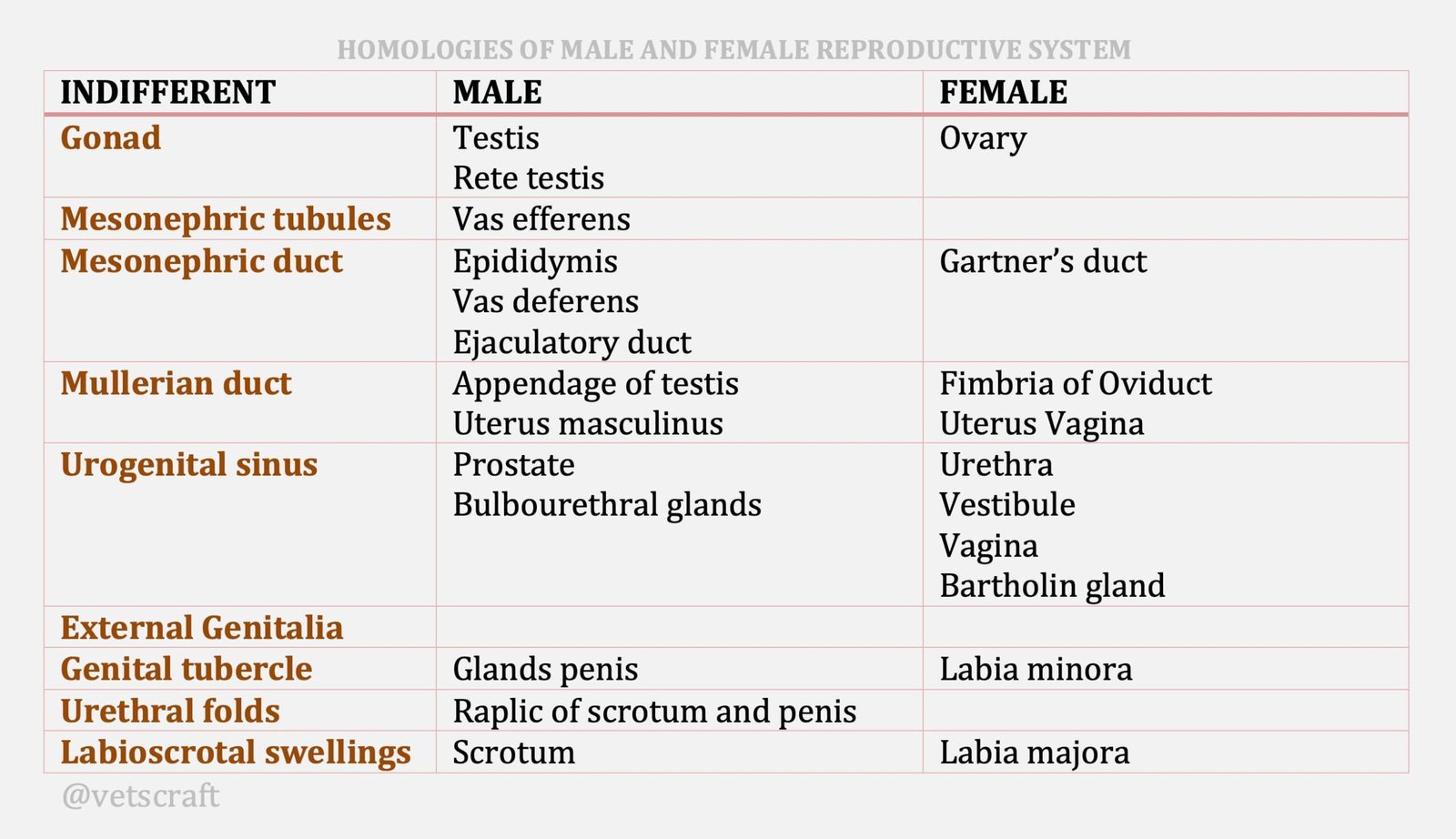Placenta of Horse (Mare)
Placenta of Horse (Mare) is special. It have adventitious placenta, amniotic plaques, hippomanes, and the cervical star, these are specialised structures seen during ultrasound imaging and are important markers in monitoring the health of the mare and her fetus.
The placenta of the mare produces a gonadotropin called Equine chorionic gonadotropin (eCG) or Pregnant Mare Serum Gonadotropin (PMSG). eCG is produced by endometrial cups which is the transient endocrine gland of the placenta.
They begin to produce eCG at the attachment of conceptus. eCG acts as a luteotropin and provides stimulation for maintenance of primary CL (CL from ovulated follicle). In addition, eCG is responsible for controlling the formation and maintenance of accessory CL which usually occurs at days 40-70 of pregnancy.
In addition to luteotrophic action, eCG has more potent FSH like actions and commonly used in superovulation when embryo transfer is performed (cow, Sheep, rabbit). In mare, eCG does not exert FSH like actions.
Mare can have problems with twins. Must get rid of one before Day 30 or if both are lost after Day 30 endometrial cups will have formed. Cannot rebreed until another 60 to 90 Days when cups are shed. Similar problem with a mare which aborts after Day 30.
Another important gonadotropin of placental origin is human chorionic gonadotropin (hCG). It is not only found in human but also in many primates. It originates from the trophoblastic cells of the chorion and is secreted as soon as the blastocyst hatches from the zona pellucida. hCG can be detected in blood as early as day 8 to 10 of gestation.
It rapidly increases in the urine of woman reaches maximum value at about 2.5 months. The primary role is to provide a luteotrophic stimulus for the ovulatory corpous luteum as it transitions into the CL of pregnancy. hCG is commonly used to induce ovulation (LH effect) in superovulation protocols.

